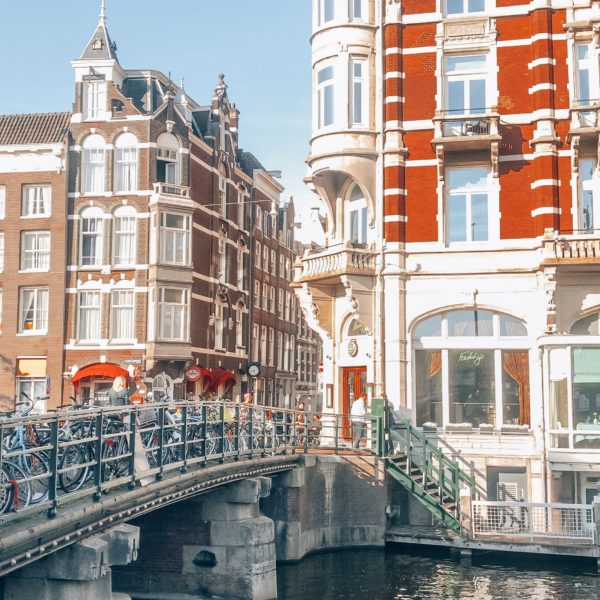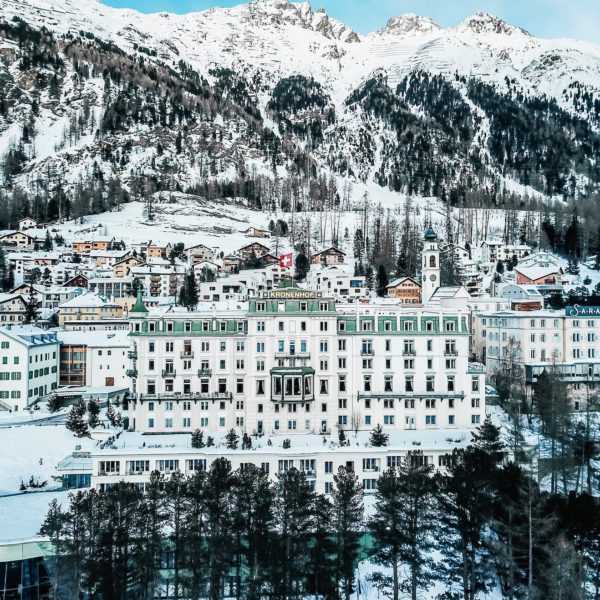Sustainable Cities: Amsterdam, Netherlands
Amsterdam's Commitment to Sustainability
Congested cities typically have higher CO2 emissions due to overcrowding and lack of infrastructure. However, there are many making strides towards a Greener future.
I just returned from a three day stint in Amsterdam and was so impressed by how clean and efficient the city ran. Right away, you can notice the lack of cars and busses as bikes, electric trams and walking are the most popular mode of transportation. Not to mention, the streets were extremely clean, despite how crowded it was. And we even saw wind farms while dinning at A’DAM Tower restaurant, Madam!

Naturally, this intrigued me; So I researched a bit more about Amsterdam. According the Sustainable Amsterdam, ‘ Amsterdam is a global leader in sustainable energy management, transportation, urban design and business innovation. Here are some amazing facts I learned about what they have been implementing during their Four Phases towards Sustainability:
- More than 60% of inner city trips taking place on two-wheels and more bicycles than people.
- All trams and subways run on green electricity, canal boats use natural gas and other sustainable fuels and on the former Waterleidingterrein, an eco-friendly residential area was built.
- Vehicle owners in Amsterdam who buy an electric car get a public charging outlet in front of their house, and the city plans to give EV drivers more privileges, such as allowing them to deliver goods to stores during hours when deliveries by fossil-fueled vehicles are restricted.
- By 2025, the City of Amsterdam aims to reduce CO2 emissions by 45% compared to 1990 levels, focusing on renewable energy production, energy efficiency and conservation, and the construction of new climate neutral buildings.
- Amsterdam is a social sustainable leader as well. Providing affordable housing to elders, students, and those most with disabilities. They found a direct correlation of environmental sustainability and social/ economic well being.
- Amsterdam’s solid waste is burned in an incinerator to produce heat and power for the city. The electricity goes into the grid, and the heat is distributed to residential and industrial customers.
- Amsterdam is awarding more and more hotels with the Green Key award for their eco-friendly implementations.
I could go on and on as they truly have a strong and determined agenda to achieve their sustainability goals. I commend their government for making such strides. They prove to all other bustling cities around the world that sustainability is indeed possible. On the contrary, less developed, less well-governed, more fractious societies face far greater obstacles on their paths toward eventual sustainability. But, we need to start from somewhere and big cities should be role models for developing cities.
As always, I’m looking forward to a greener future. I’d love to hear more of your thoughts as well.
Samantha x


























